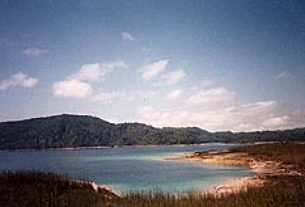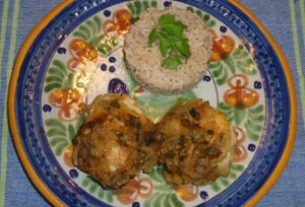Miguel Hidalgo y Costilla was born at the Corralejo Hacienda in Pénjamo, Guanajuato, on May 8, 1753. He was sent to Valladolid (now Morelia) to study at the San Nicolás Obispo College, where he later taught theology, philosophy and ethics. He eventually became college Rector. In 1792, he was ordained as a priest and, after working at different parishes, he was finally posted to the Parish of Dolores.
A man of liberal ideas, Hidalgo joined a group of patriots, who in 1810, conspired in Querétaro in favor of the Independence of Mexico. Although the armed movement was planned to start in October of that year, the conspiracy was discovered and several of its members were arrested.
Hidalgo escaped arrest, forewarned of the plan to break down the group by the wife of the magistrate of Querétaro, Doña Josefa Ortíz de Domínguez. Subsequently, Hidalgo joined another patriotic movement with Aldama, Allende, Abasolo and others. This time it was decided an uprising was to begin immediately. Thus, at dawn on September 16, 1810, the residents of the village of Dolores, potters, carpenters, blacksmiths and peasants, responded to the call of Father Miguel Hidalgo and so the struggle for Independence began.
In the space of just two weeks, the insurgent army obtained a series of quick and easy victories. From Dolores, they moved on to Atotonilco, San Miguel el Grande (now Allende), Chamucuero, Celaya, where Miguel Hidalgo received the rank of Captain General.
From defeating the Spaniards in Guanajuato, Don Miguel headed towards Valladolid and took the city without a fight on October 17, 1810. He then stayed in the city for several days to organize his troops, before leaving for the vice regal capital, Mexico City.
On August 30, Hidalgo won an outstanding victory at Monte de las Cruces in the outskirts of Mexico City, where he defeated Trujillo, the Royalist colonel. Unfortunately, Hidalgo did not take advantage of this victory. Instead of sending his troops to take Mexico City and capitalize on the confusion, he ordered his army to retreat to Ixtlahuaca, on the road to Toluca. At Puente de Calderón, near Guadalajara, the insurgent army faced the royalist troops commanded by general Félix Calleja. Hidalgo and his men suffered a terrible defeat and were forced to retreat northwards.
On May 21, 1811, when Hidalgo, Allende and 27 comrades reached Acatita de Baján, they were treacherously ambushed by Ignacio Elizondo and taken prisoner. They were brought to Chihuahua on June 16, 1811, where Allende, Aldama and Jiménez were shot. Just one month later, on July 30 of the same year, Hidalgo was also executed.
The vice regal government was convinced that after the execution of its leaders in Chihuahua, the insurgent movement would be ended. However, this was not so. By 1821, the ideals fought for by Miguel Hidalgo and many other Mexicans for over eleven years were finally attained; Mexico was free and independent.
This article appears courtesy of the Chapala Review, a monthly Newspaper published in Ajijic, Jalisco, Mexico. The focus is the Lake Chapala area. The goal is to provide quality information about the area, its stories, events, history, culture and people.


